What to do if the Juniper Switch RE /var partition is full?
- JJennifer ChanJul 25, 2025
If the /var partition on your Juniper Switch RE is full, you should clean up the system file storage space on the switch.
What to do if the Juniper Switch RE /var partition is full?
If the /var partition on your Juniper Switch RE is full, you should clean up the system file storage space on the switch.
What to do if the Juniper Switch fan fails?
If a fan module fails in your Juniper switch, replace the fan module and report the failure to customer support.
How to fix a Juniper QFX5100-96S Switch PEM that is not powered?
If a PEM (power entry module) in your Juniper switch is not powered, check the power cord connection and reconnect it if necessary.
What to do if Management Ethernet 1 Link is down on Juniper QFX5100-96S Switch?
If the Management Ethernet 1 link is down on your Juniper switch, verify that a cable is properly connected to the management Ethernet interface and ensure that the cable is not defective. Replace the cable if needed.
What to do if FPC Management1 Ethernet Link is down on Juniper Switch?
If the FPC Management1 Ethernet link is down, check if a cable is connected to the management Ethernet interface, or if the cable is defective. Replace the cable, if required.
What to do if Fan/Blower is absent in Juniper QFX5100-96S?
If a fan module is absent in your Juniper switch, install fan modules in the empty slots.
Connect console cable, log in as root with no password, and start the CLI.
Configure root password, hostname, default gateway, and IP address for management.
Configure static routes, enable telnet, and commit the configuration.
Observe warnings for personal injury, qualified personnel, site requirements, and handling components.
Follow guidelines for lifting, rack installation, and using stabilizing devices to prevent injury.
Handle electrical components with care, avoid storms, and remove jewelry.
Connect console cable, log in as root with no password, and start the CLI.
Configure root password, hostname, default gateway, and IP address for management.
Configure static routes, enable telnet, and commit the configuration.
Observe warnings for personal injury, qualified personnel, site requirements, and handling components.
Follow guidelines for lifting, rack installation, and using stabilizing devices to prevent injury.
Handle electrical components with care, avoid storms, and remove jewelry.
| Model | QFX5100-96S |
|---|---|
| Port Density | 96 x 10GbE SFP+ ports |
| Form Factor | 1U |
| Operating System | Junos OS |
| DRAM | 16 GB |
| Flash Memory | 32 GB |
| Operating Humidity | 5% to 90% non-condensing |
| Forwarding Capacity | 1.44 Bpps |
| Power Supply | Dual, hot-swappable |
| Management | CLI, SNMP |
| MAC Address Table Size | 288, 000 |
| Jumbo Frames | 9216 bytes |
| CPU | Dual-core |
| Input Voltage | 100-240 VAC |
| Operating Temperature | 32°F to 104°F (0°C to 40°C) |
| Storage Temperature | -40 to 70 °C |
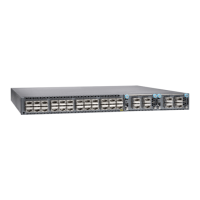
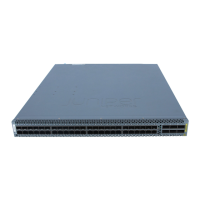
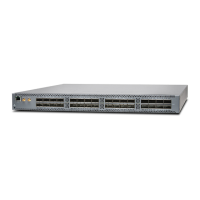

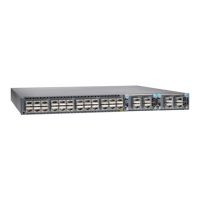


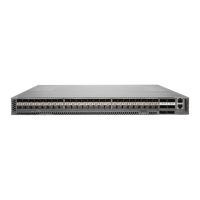
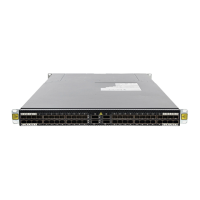
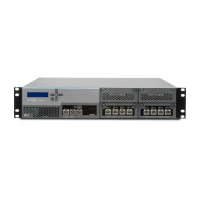
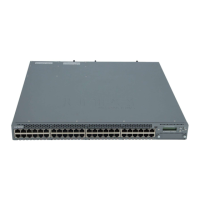
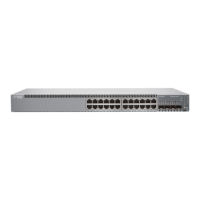
